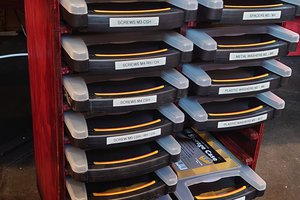Essential woodworking tools:
Hand Tools
- awl
- clawhammer, rubber hammer and wooden mallet
- small, medium, large Philips screwdrivers
- set of chisels
- flat, round and curved file
- angle square, T square, L square, spirit level, ruler and a pencil
- clamps (lots of clamps)
- stanley knife
Power Tools:
- table or circular saw
- jigsaw
- hand drill(s) - the more the merrier
- impact driver with Torx, Posidrive and Philips bitsets
- sander
- router
- drill press
And don't forget a first aid kit !

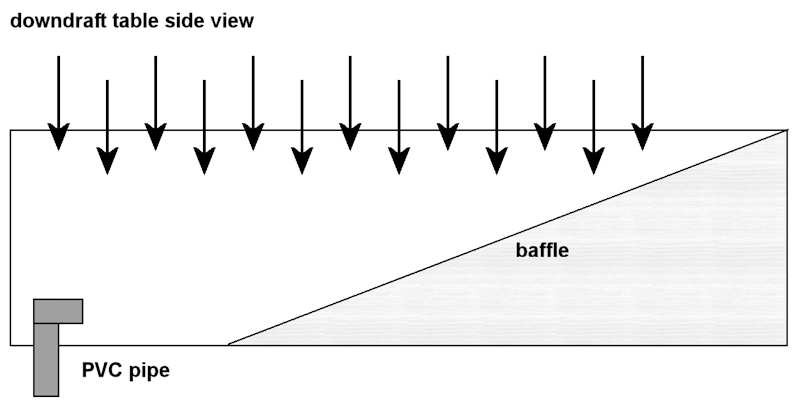
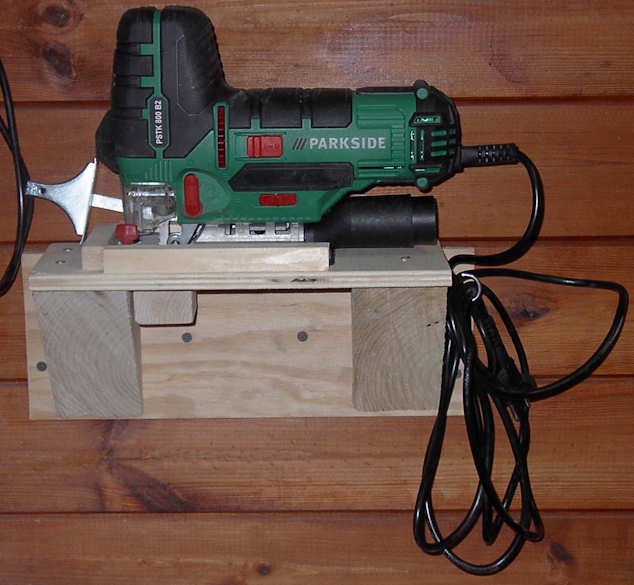
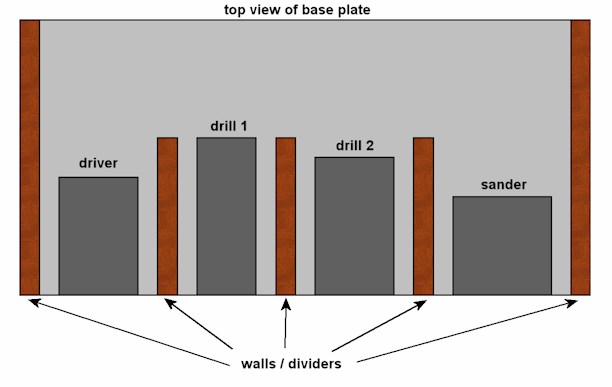
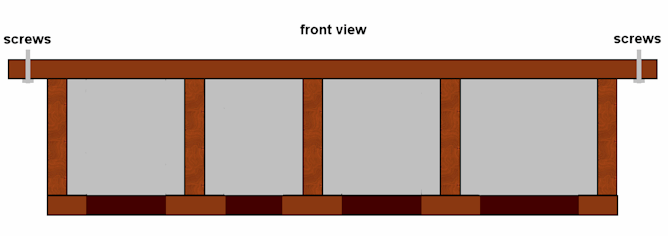
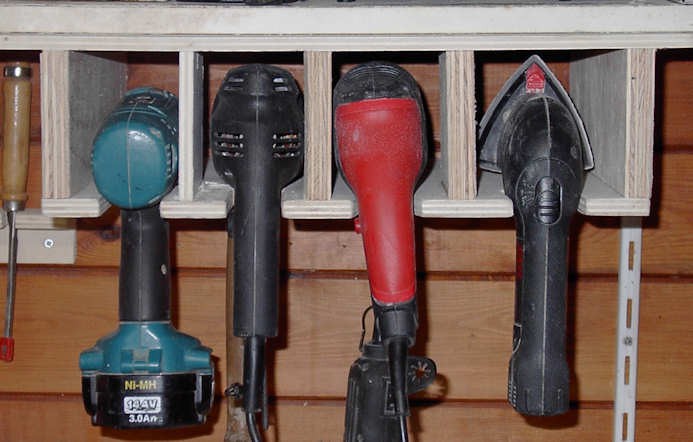


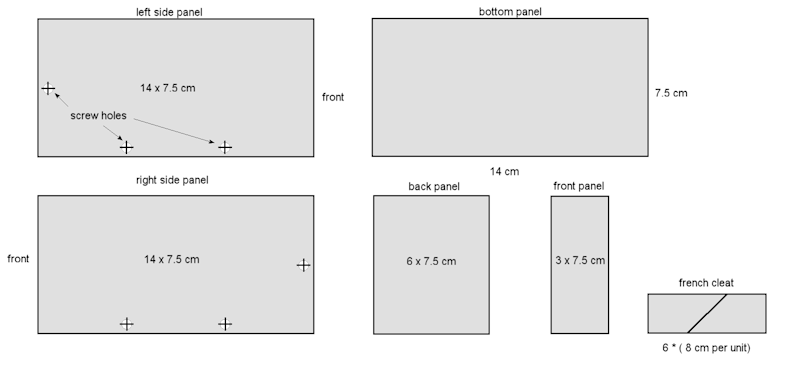

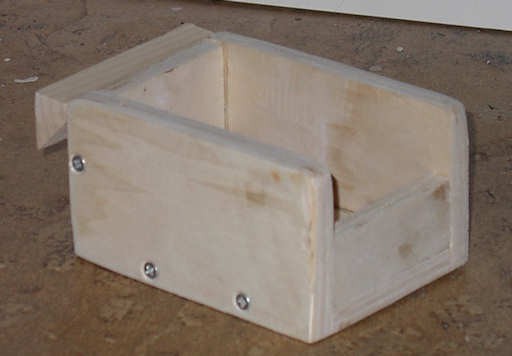
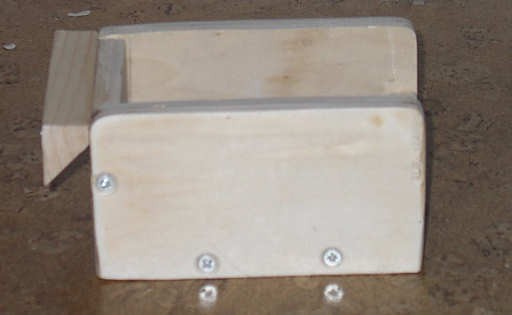


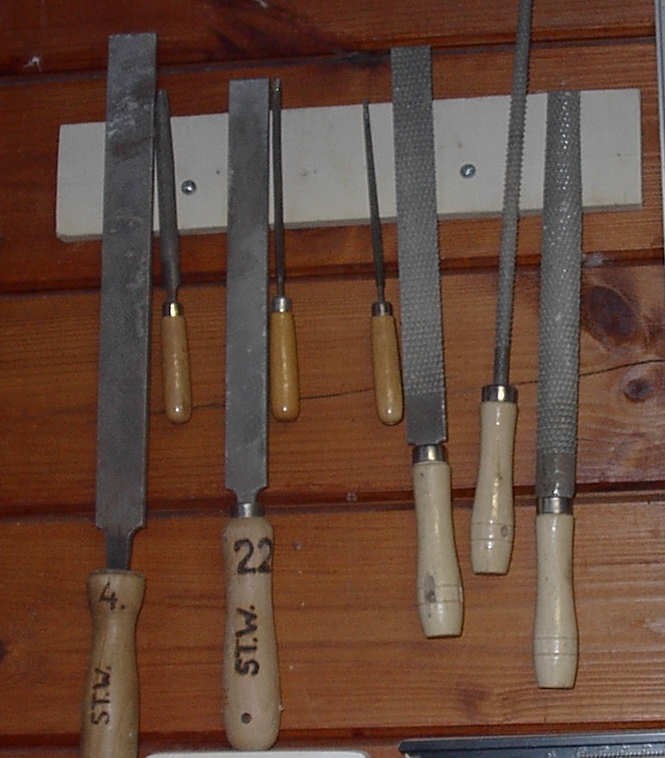


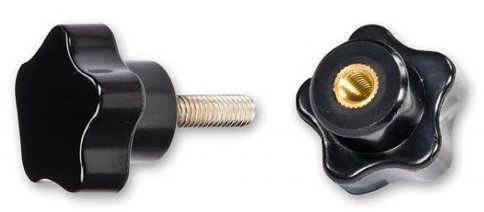

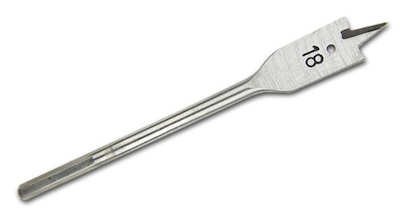
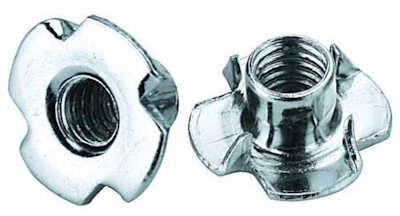

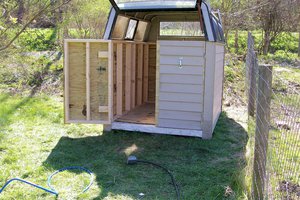
 matthewkleinmann
matthewkleinmann
 Øystein
Øystein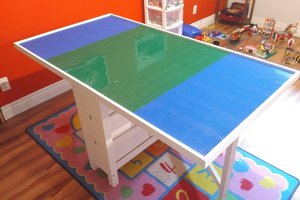
 Petri Varsa
Petri Varsa